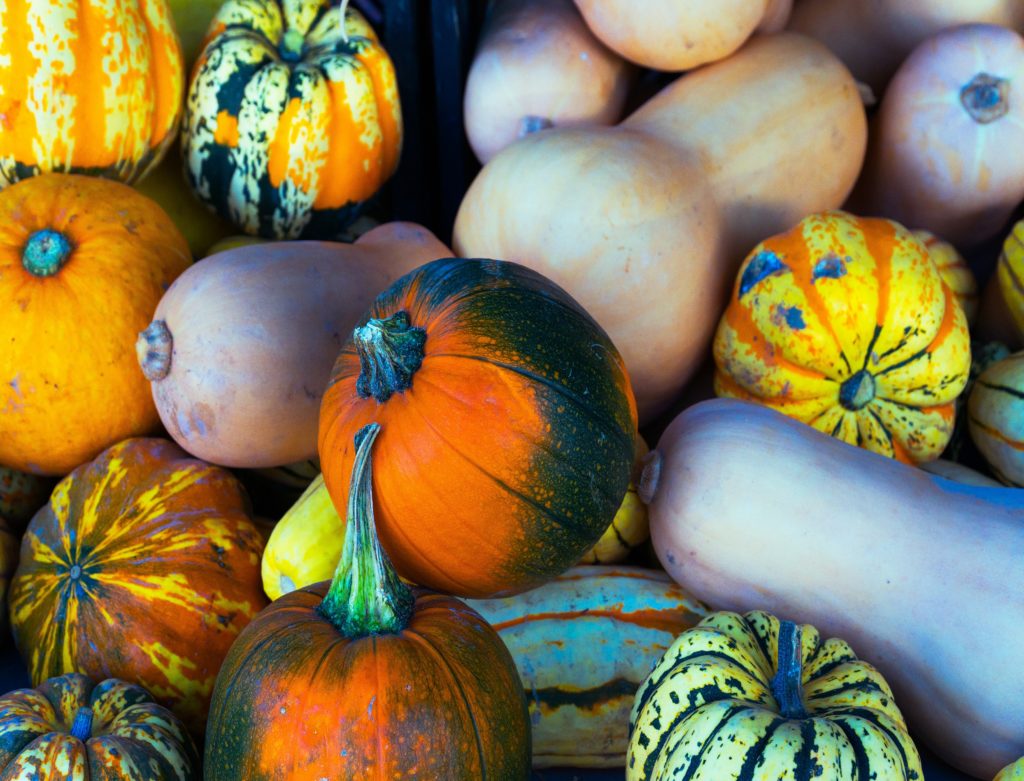How Many of these Gut Healing Foods are you Eating?

Supporting You to a Healthier Gut
Use Food to Improve Gut Health
Eat Well on a Budget
Start Here for Simple Next Steps

© 2020-2021 - Emily Epsten - All Right Reserved | Designed and developed by Protolabz eServices
Supporting You to a Healthier Gut